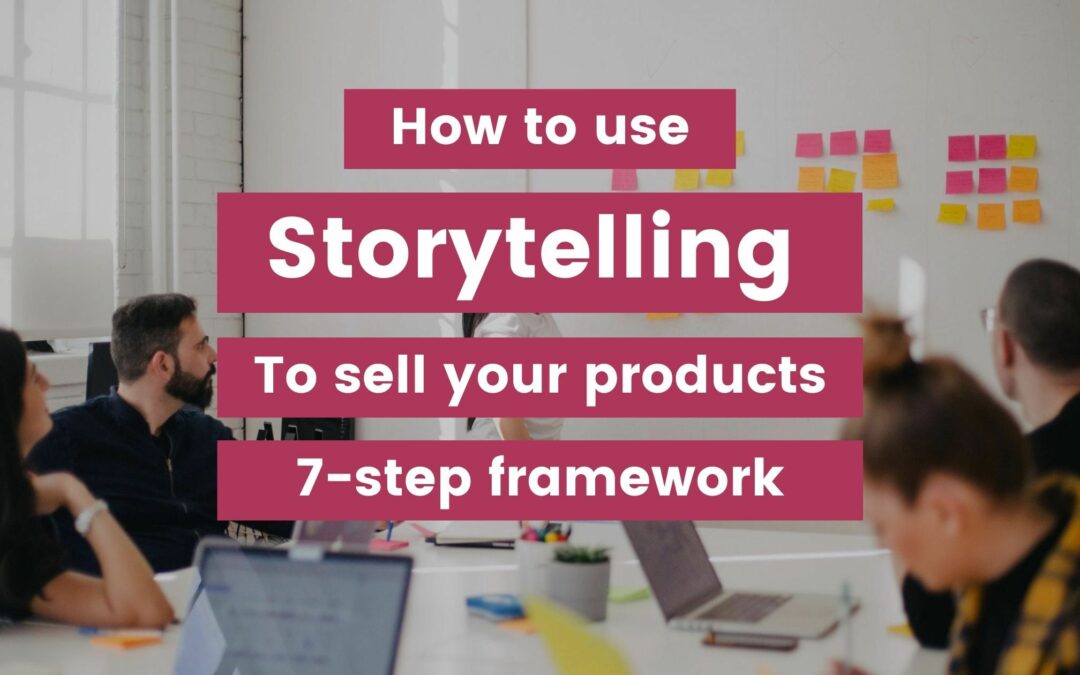Mastering the Art of Product Storytelling: From Mansion Plans to Customer Hearts

Imagine a sprawling mansion, its grandeur captured in intricate blueprints. Each line, each curve, tells a story of luxury, comfort, and meticulous planning. This is precisely the approach we need to take when crafting our product narratives. Just as a well-designed mansion captivates with its unique features and benefits, our product must resonate with the desires and needs of our ideal customer.
To achieve this, we must first understand who our ideal customer is and what truly matters to them. Only then can we build a compelling narrative that showcases the unique value our product offers.

Building the Foundation: Defining Your Ideal Customer
Before we dive into the mansion of features and benefits, let’s lay the groundwork by defining our ideal customer persona. This is the heart of our marketing strategy, the foundation upon which we build our product story.
Here’s a framework to help you create your ideal customer persona:

- Demographics: Age, gender, location, income, education, occupation, family size, lifestyle.
- Psychographics: Values, interests, hobbies, personality traits, motivations, aspirations, fears, pain points.
- Behavioral: Buying habits, online behavior, media consumption, preferred communication channels.
- Needs and Goals: What are their specific problems or challenges? What are they trying to achieve?
- Pain Points: What are their frustrations and obstacles? What keeps them up at night?

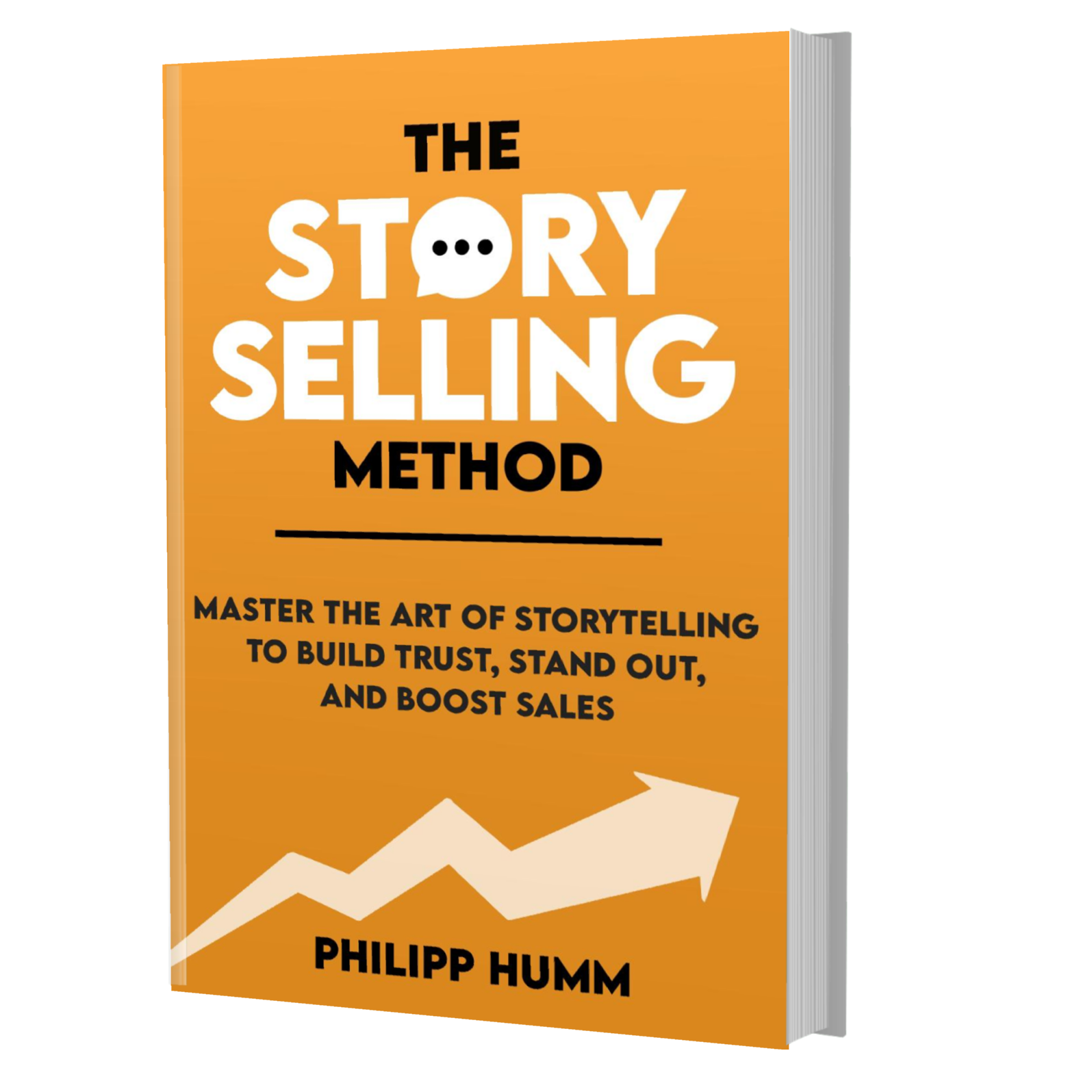
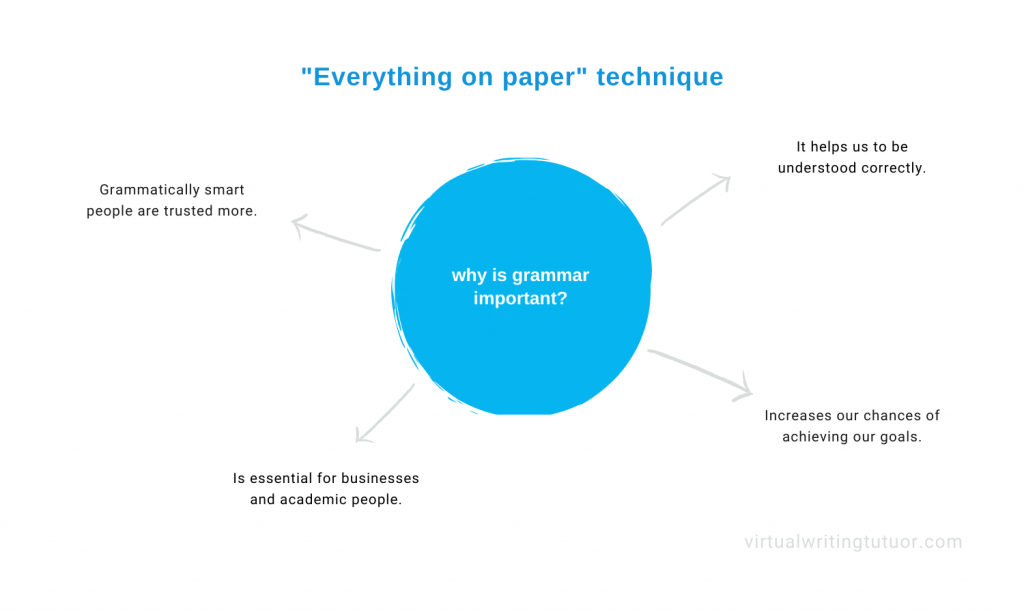
Example: The "Luxury Homeowner" Persona
Let’s say our product is a high-end smart home system. Our ideal customer might be a "Luxury Homeowner" persona:

- Demographics: 45-65 years old, high income, successful professional, married with children, lives in a large home in an affluent neighborhood.
- Psychographics: Values security, convenience, and luxury. Enjoys entertaining guests, loves technology, appreciates design and aesthetics.
- Behavioral: Active online presence, reads luxury lifestyle magazines, attends high-end events.
- Needs and Goals: Wants to enhance their home’s security, automate daily tasks, create a more comfortable and luxurious living experience.
- Pain Points: Feels overwhelmed by managing multiple devices and systems, worries about home security, desires a more seamless and integrated home experience.
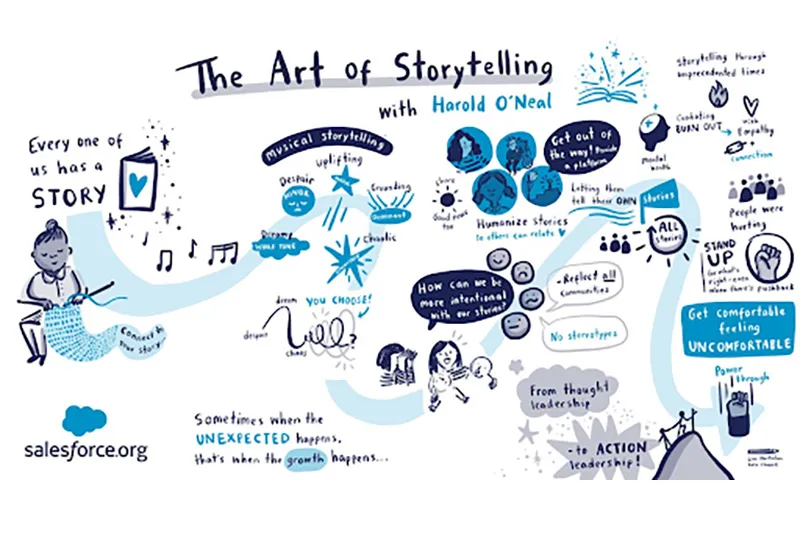


The Mansion’s Blueprint: Identifying Key Features and Benefits
Now that we’ve established our ideal customer, we can start to map out the features and benefits of our product, much like a blueprint for our mansion.

Here’s a framework to help you identify key features and benefits:
- Features: What are the specific functionalities and capabilities of your product? This is the "what" of your product.
- Benefits: How do these features solve your customer’s problems and address their needs? This is the "why" of your product.
- Value Proposition: What unique value does your product offer that sets it apart from competitors? This is the "so what" of your product.

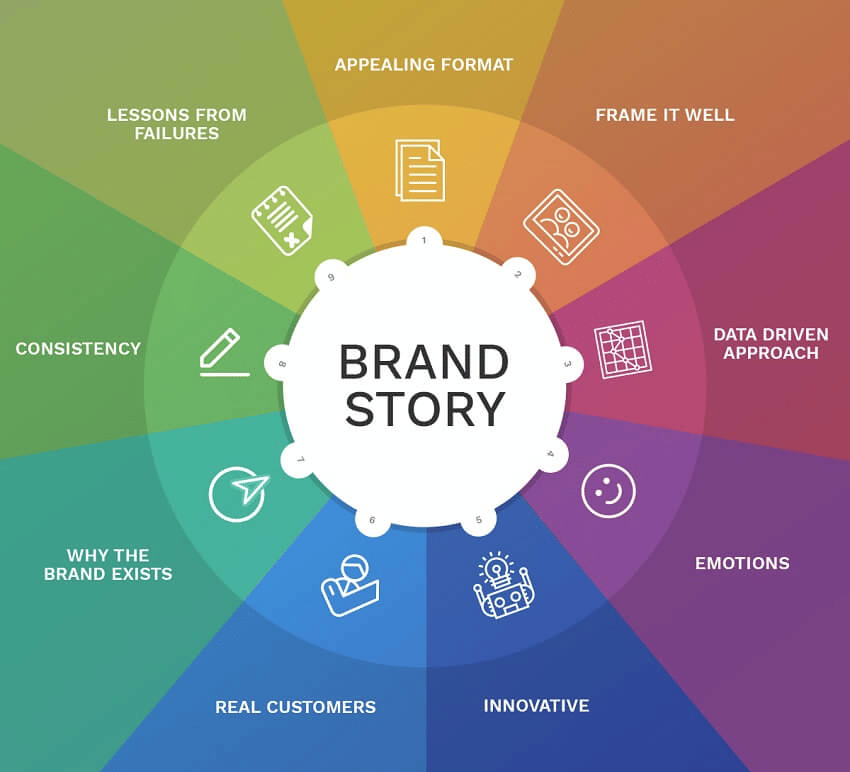
Example: Smart Home System Features and Benefits
Feature: Remote access and control of home appliances and systems through a mobile app.
Benefit: Provides convenience and control from anywhere in the world, allowing homeowners to manage their home remotely.
Value Proposition: Offers a seamless and intuitive user experience, unlike clunky and complicated systems offered by competitors.
Building the Mansion: Crafting Compelling Product Narratives
Now that we have a clear understanding of our ideal customer and the key features and benefits of our product, we can start crafting compelling narratives that resonate with their desires and needs.
Here are some strategies for crafting effective product narratives:
- Focus on the "Why": Don’t just list features, explain how they solve problems and create value for your customers.
- Use Storytelling: Engage your audience with relatable stories and anecdotes that showcase the benefits of your product.
- Emphasize Emotional Connection: Appeal to your customer’s emotions and aspirations by highlighting how your product can improve their lives.
- Highlight Unique Value: Emphasize what makes your product different and better than the competition.
- Use Visuals: High-quality images, videos, and graphics can enhance your product narratives and make them more engaging.
Example: Storytelling for the Smart Home System
Imagine a busy professional returning home after a long day. With a simple tap on their phone, they turn on the lights, adjust the thermostat, and start their favorite music. Their smart home system anticipates their needs, creating a relaxing and welcoming atmosphere. This is the power of our smart home system: it seamlessly integrates with your life, making it easier, more comfortable, and more secure.
The Mansion’s Grand Opening: Presenting Your Product with Confidence
Now that you have a solid understanding of your ideal customer, the key features and benefits of your product, and how to craft compelling narratives, you are ready to present your product with confidence.
Here are some tips for presenting your product effectively:
- Know your audience: Tailor your presentation to the specific needs and interests of your target audience.
- Start with a compelling story: Grab your audience’s attention with a relatable story that showcases the value of your product.
- Use visuals: High-quality images, videos, and graphics can enhance your presentation and make it more engaging.
- Focus on the benefits: Explain how your product solves problems and creates value for your customers.
- Highlight your unique value proposition: Emphasize what makes your product different and better than the competition.
- End with a strong call to action: Encourage your audience to take the next step, whether it’s visiting your website, signing up for a free trial, or making a purchase.
Conclusion: The Mansion of Success
By following these steps, you can master the art of product storytelling and effectively communicate the value of your product to potential customers. Just like a well-designed mansion, your product narrative should be meticulously crafted, showcasing its unique features and benefits in a way that resonates with your ideal customer. With a compelling story and a confident presentation, you can turn your product into a success story.
